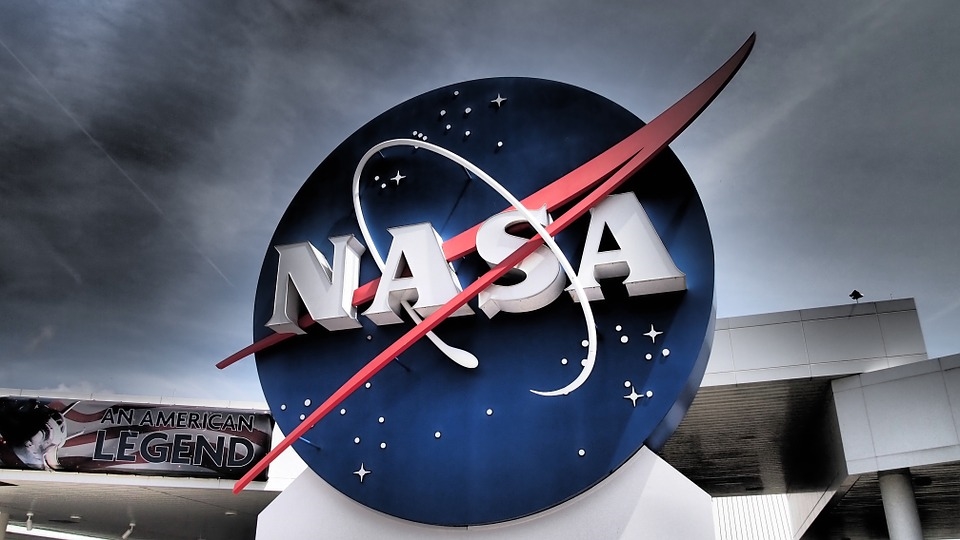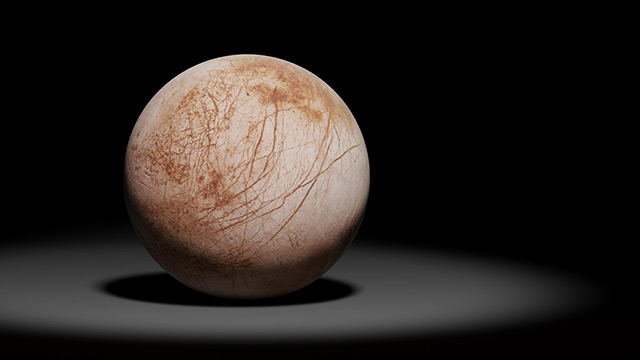
Assigned the dry designation of ALH-77005, the new meteorite displayed features and impressions that might have originated from microorganisms. These biosignatures offered additional evidence that ancient Mars might have supported alien life.
Researchers from the Hungarian Academy of Science (HAS) applied imaging technologies that were unavailable to NASA during the 1990s. They found tiny filaments that might have been made by fossilized Martian microorganisms.
Their report mirrored the 1996 announcement by a NASA research team that they discovered signs of life on Mars by way of a meteorite. The earlier study was said to have offered an astonishing insight into the workings of the universe.
However, other researchers doubted the NASA claim. They pointed out that the microfilaments might have formed without the participation of living organisms. The counterclaim ran along the lines of it being impossible to prove or refute the findings of the study. (Related: Experts believe that Mars once had a thick hydrogen atmosphere that could sustain “key ingredients of life”.)
Hungarian researchers report finding marks made by rust-eating bacteria on Martian meteorite
ALH-77005 came from the Allan Hills ice field in Antarctica. Explorers from Japan's National Institute of Polar Research (NIPR) found the meteorite during the 1977-1978 expedition.
HAS researcher Dr. Ildiko Gyollai oversaw the examination of ALH-77005. They took a thin section from the Martian meteorite and subjected the material to intense scrutiny.
The Hungarians used optical microscopes, infrared imaging, and other technologies to examine the texture of the space rock. They also looked at the minerals and other materials inside the meteorite.
Finally, they used isotope tests to look for the chemical compounds that were essential to the formation and survival of life: carbon, hydrogen, nitrogen, oxygen, phosphorus, and sulfur.
In their paper, Gyollai's team reported that the tiny filaments inside the ALH-77005 sample might be the work of bacteria. They believed that the microorganisms fed on rust, which was plentiful inside the metallic meteorite.
“Comparing recent results and interpretation with other meteorites, it can be raised, that on these similarities the microbially mediated biosignatures can be proposed microbial mediation by [iron oxidising bacteria] on Mars,” concluded Gyollai. He and the other authors published their findings on the journal Open Astronomy.
NASA made the same claims in 1996
In 1984, a NASA expedition unearthed a different Martian meteorite in the same Allan Hills region of Antarctica. Resembling a potato and tipping the scales at 4.3 lbs (1.93 kg), the space rock received the designation ALH 84001.
The researchers estimated the age of the meteorite to be 4.5 billion years, making it roughly as old as Mars itself. The rock first took shape deep below the surface of the young planet and emerged via volcanic activity.
Around 15 million years ago, an asteroid or comet slammed into Mars. The enormous impact hurled ALH 84001 away from the Red Planet, and it eventually arrived on Earth 13,000 years ago.
In their initial investigation of ALH 84001, the NASA researchers discovered tiny strands and filaments throughout the meteorite. They announced that microorganisms on Mars created the textures in the rock.
Based on their findings, they also proposed that ancient Mars contained shallow lakes and pools. These theoretical bodies of water supported numerous microbes, some of which would have etched their mark on the meteorite.
The prerequisite grain of salt came from British counterparts, who argued that many non-biological processes might have produced the microfilaments in ALH 84001. The 2001 study remains controversial to this day.
Sources include:
DeGruyter.com [PDF]
Please contact us for more information.




















